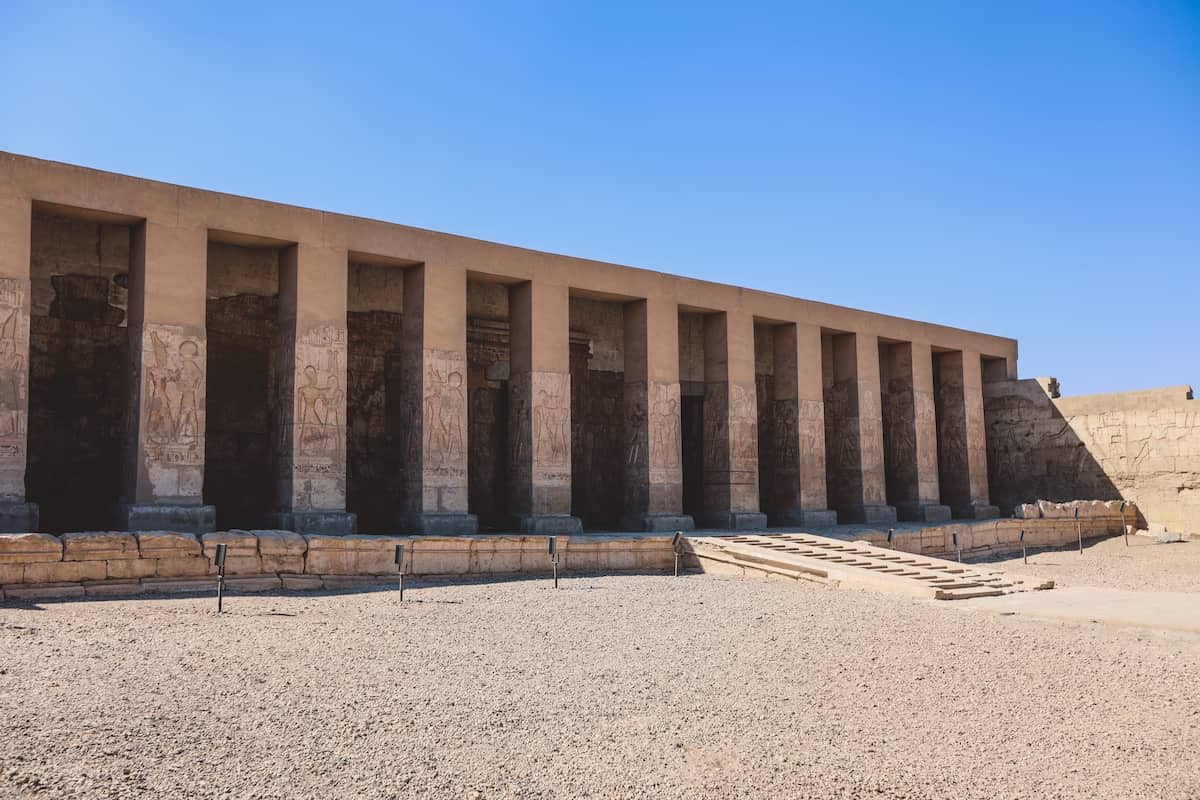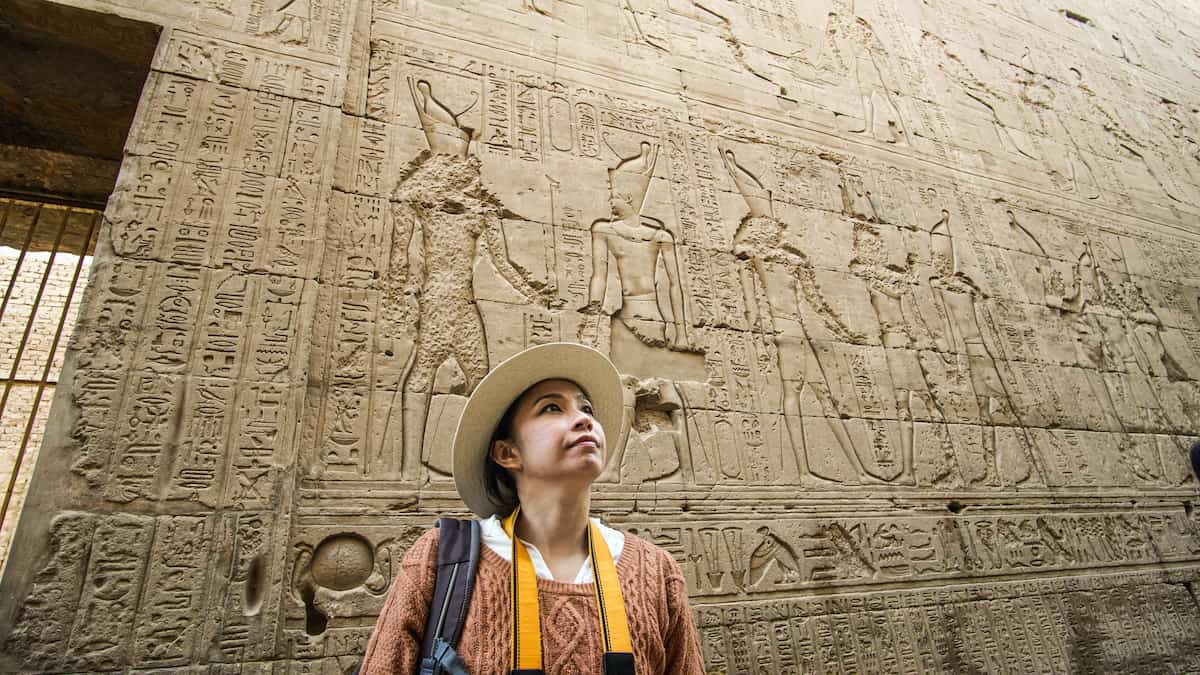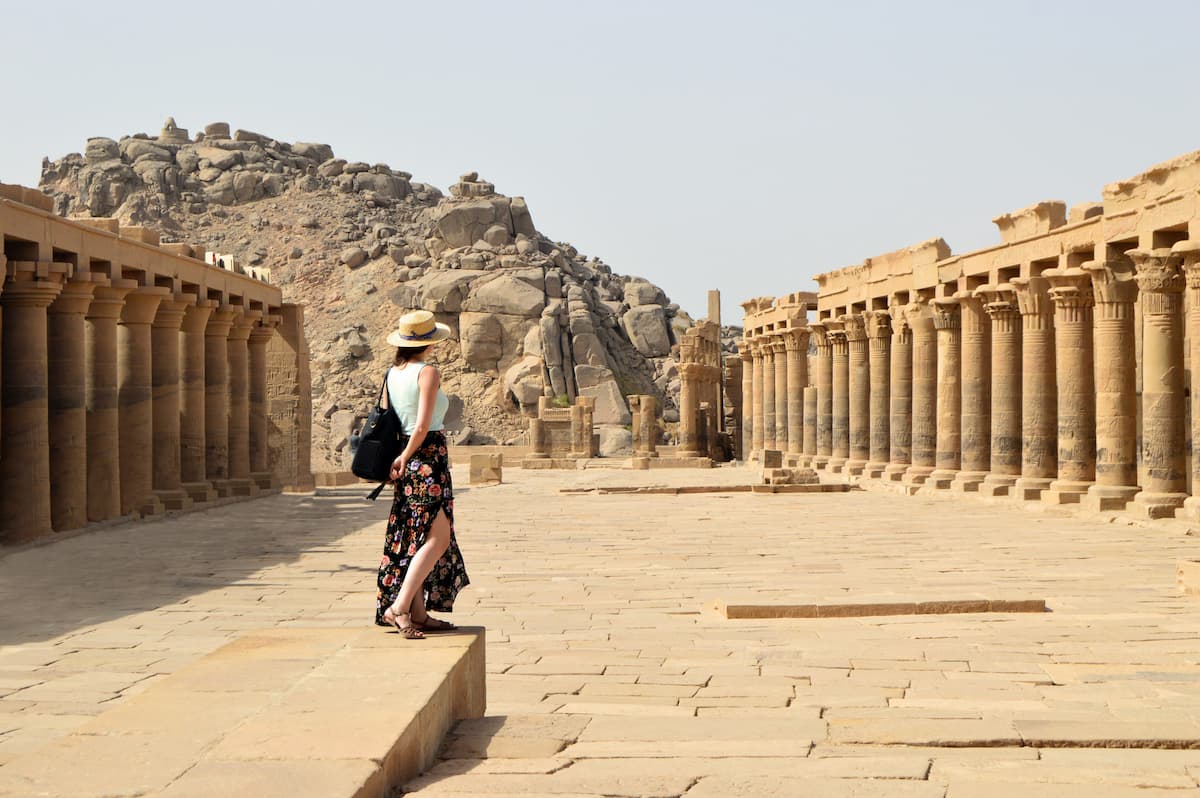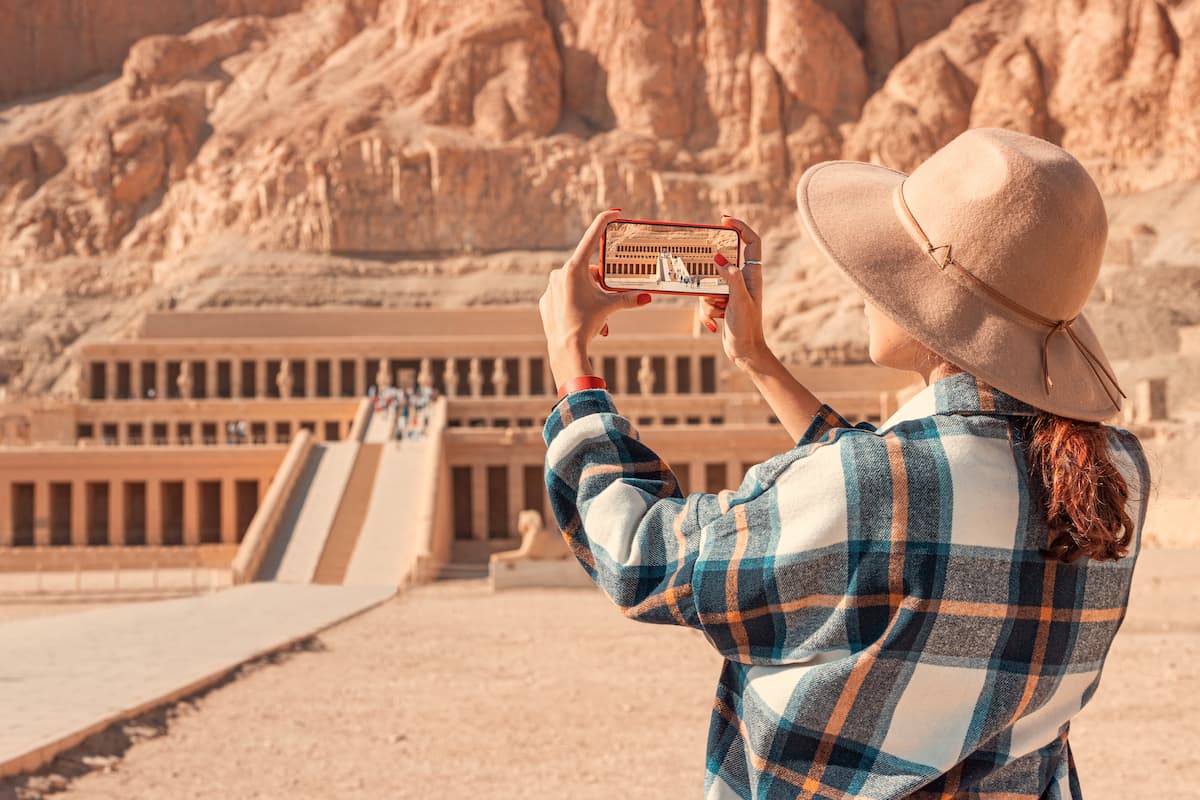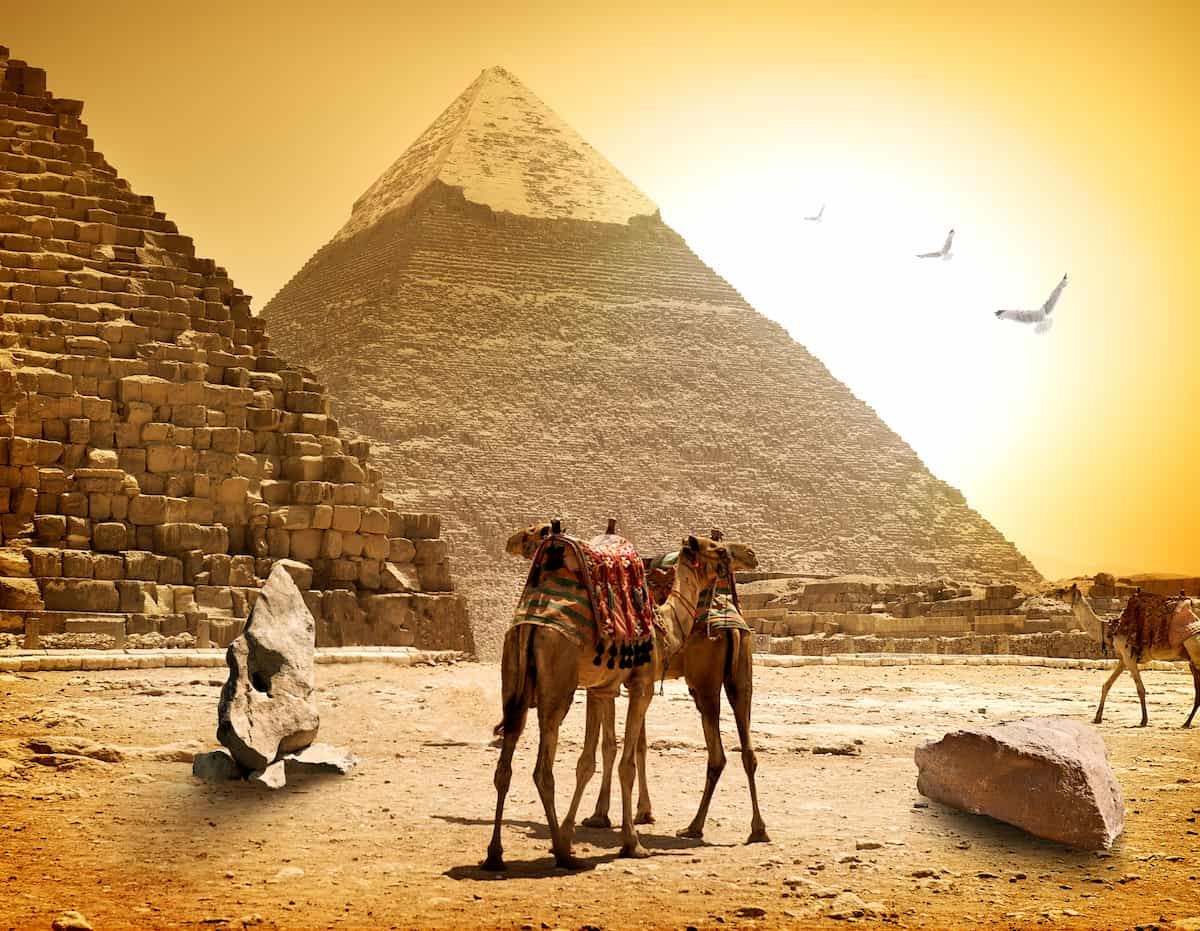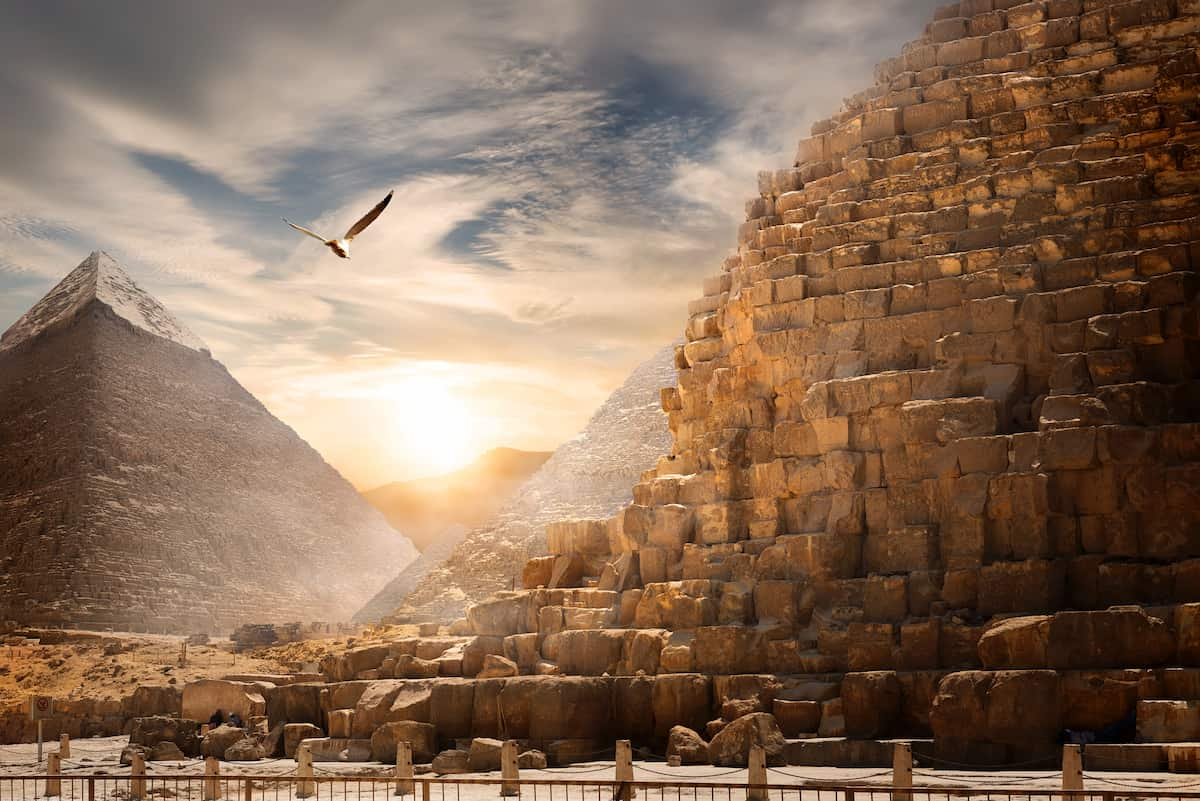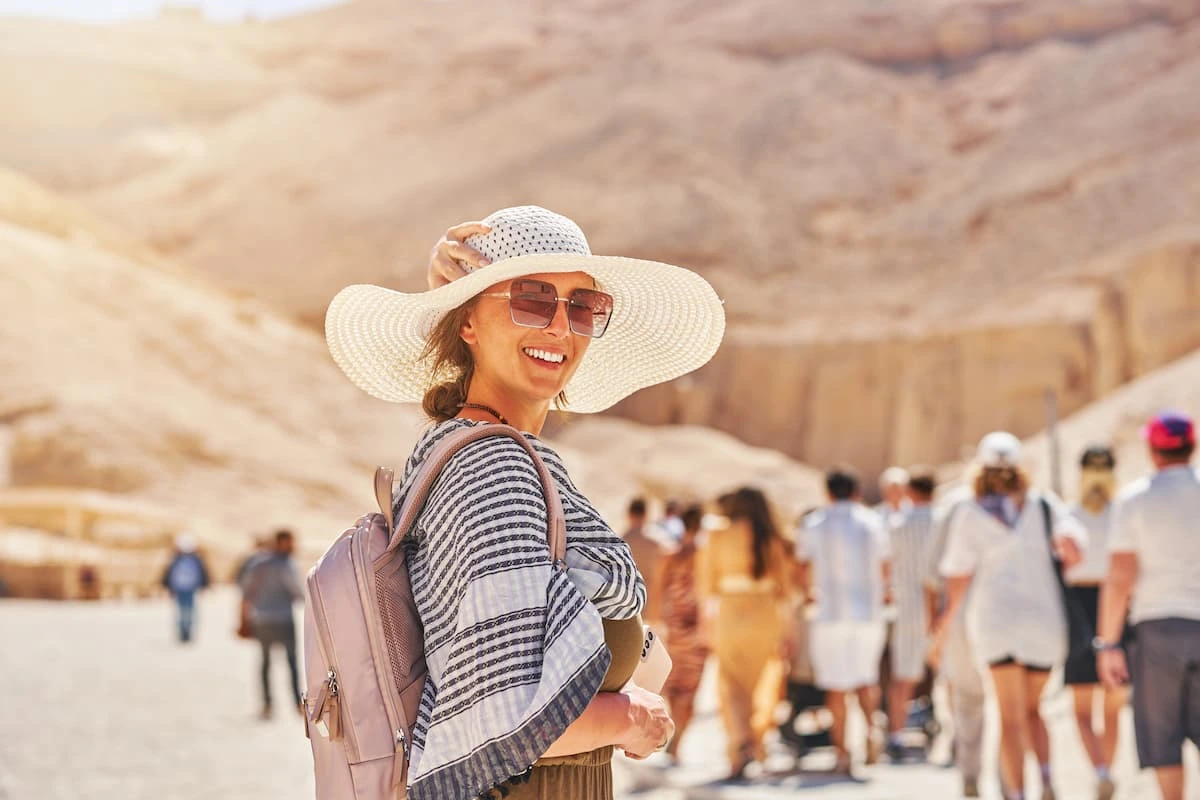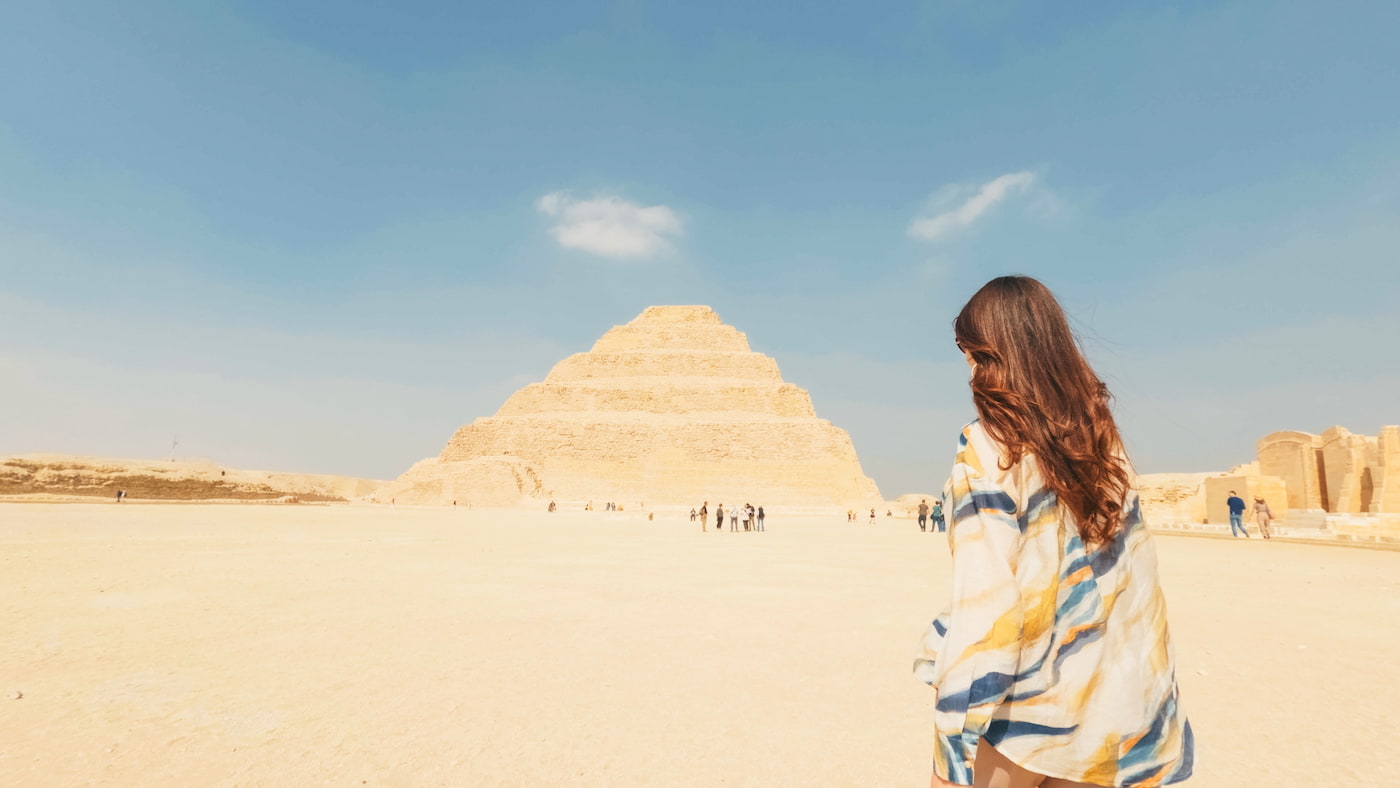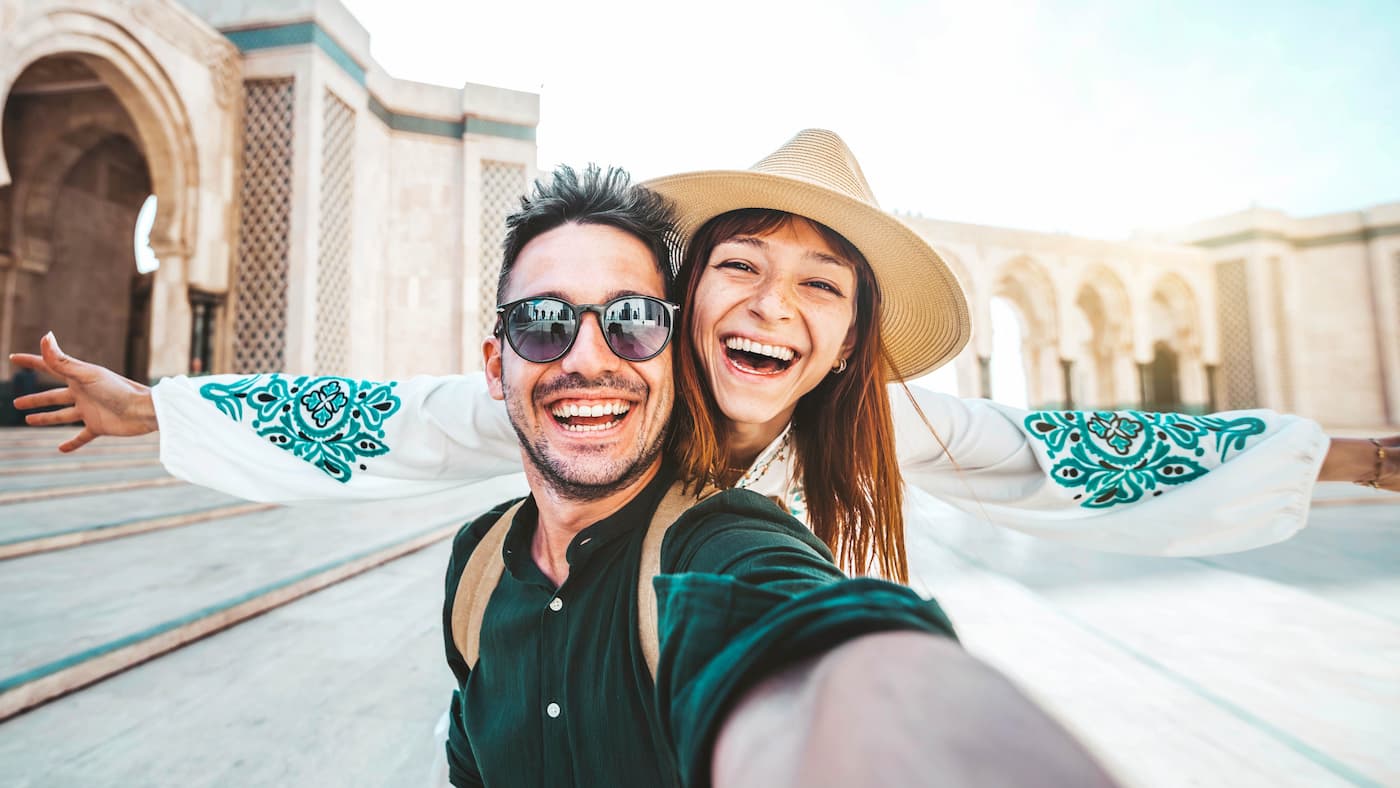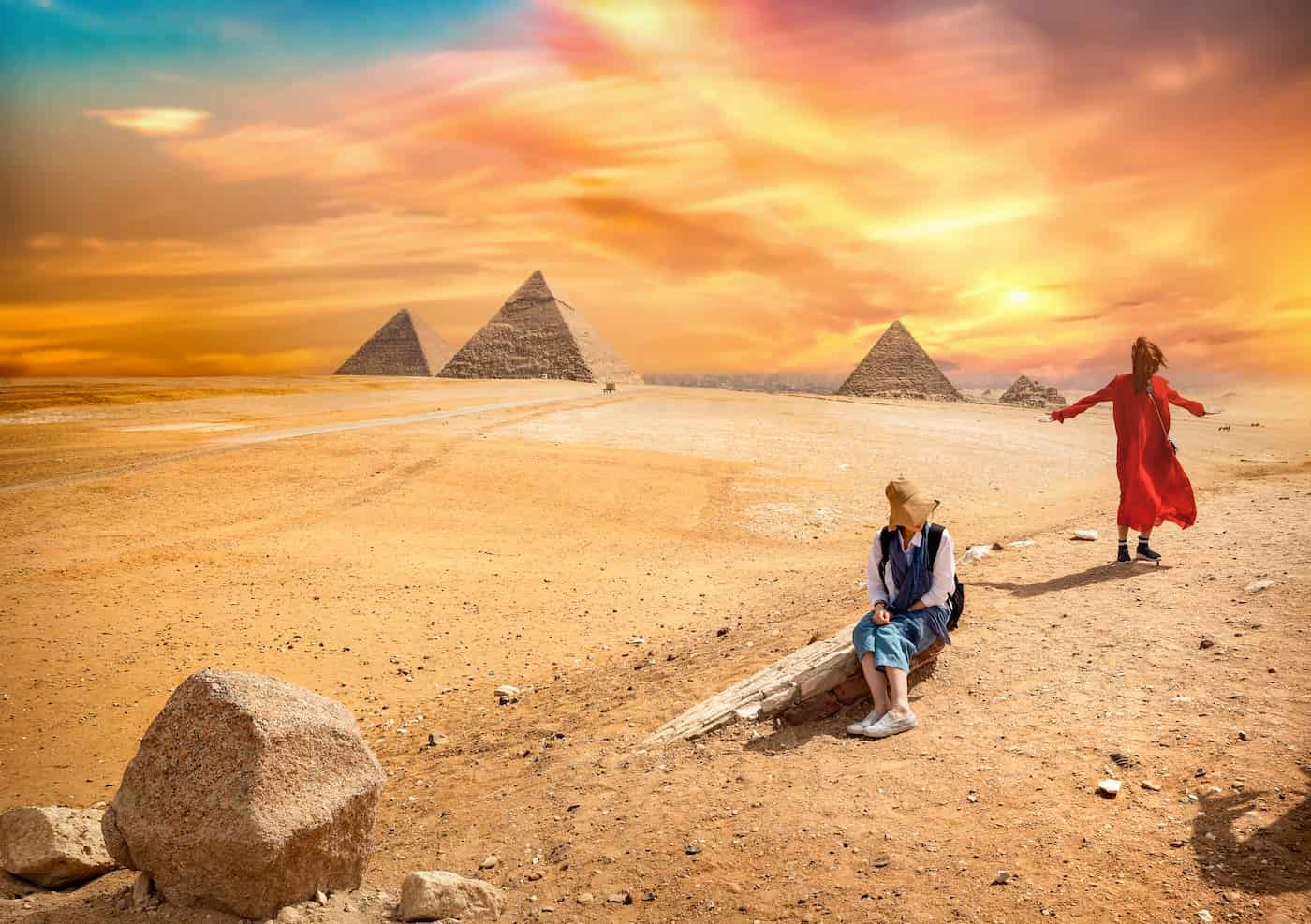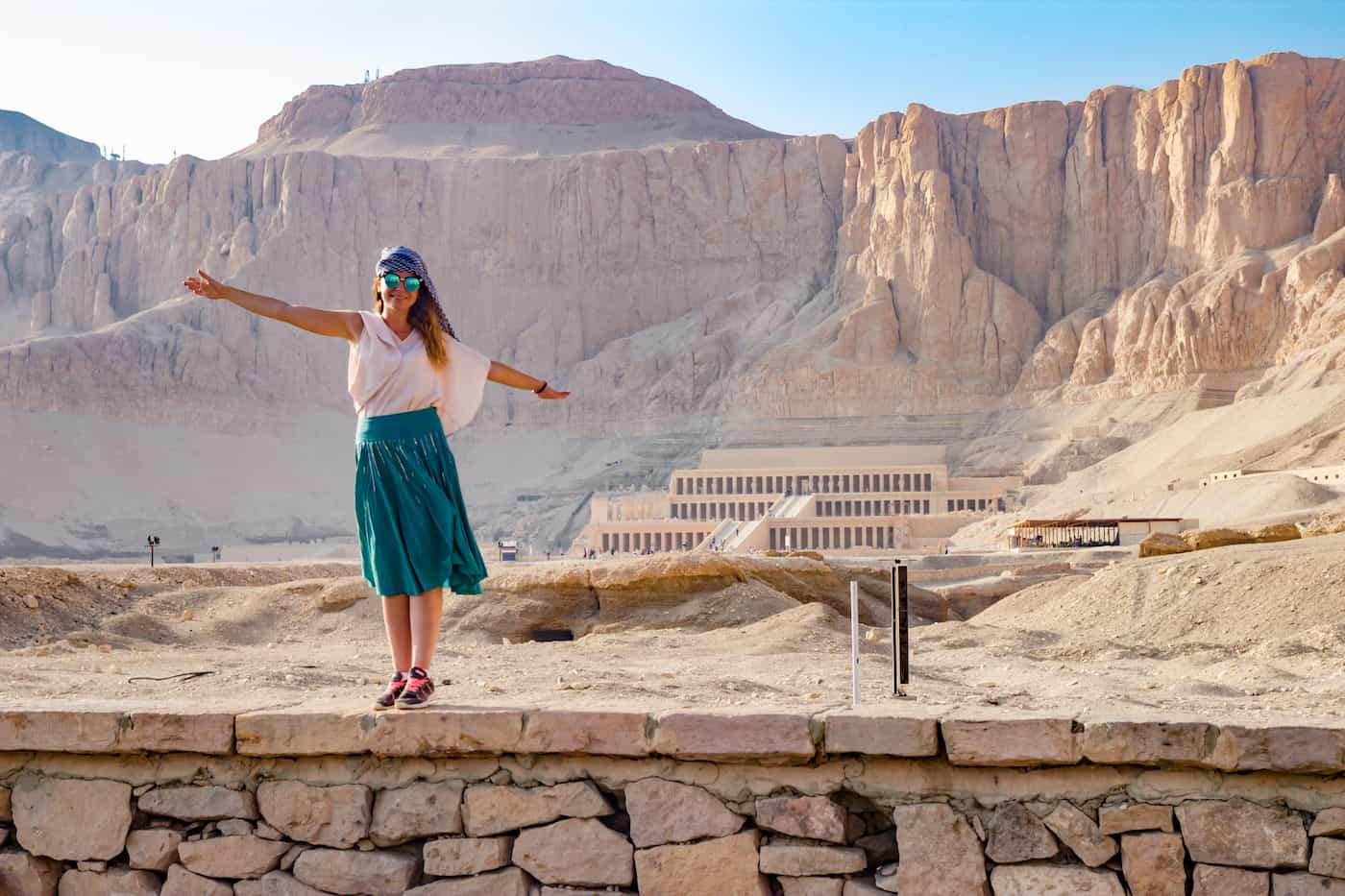🏛️ Abydos and the Temple of Seti I
There are few Egyptian mytho-geographies more fascinating or more evocatively imbued with an air of the spiritual than that of Abydos. It is a land where long-ago lived gods and mythophoria intermingle and where boundaries get blurred constantly. Sohag City is surrounded by desert and is also located in the vicinity of the Abydos temple. In distant times, it was the favorite land of several ancient Egyptian inhabitants who came to pay respect to Osiris, their king in the other world.
This city has seen a lot of kings being buried there, yet it says a lot more about how Egypt’s wealth would have been in those times if it hadn’t been buried. How many temples, not the desert stone quarries or the conglomerate of the rocks, fewer, better-built, and larger than the pyramids, were commissioned? A monument to this increase of architectural investment is the temple of the Pharaoh Seti I.
Some other architectural complexes built at that time continued this development, for instance, the Karnak Temple and the Luxor temples. Due to the existence of religious objects mentioned by the Sphinx enclosure, it is possible to believe that most pharaohs in the Fourth Dynasty tried to leave their memory among their contemporaries in any way, and most importantly, in writing.
2. Abydos: The Sacred City of Osiris
Abydos is a special and important location in the shape of a spiritual place in ancient Egypt. For many centuries, the place was honored as the tomb of Osiris, the god of the dead and rebirth. That made it one of the most Famous and visited ancient site in Egypt.
In Egyptian culture, the Abydos temple was not just a place of pilgrimage but was also seen as the entrance and exit to the afterlife. At the mention of going to Abydos temple, many pilgrims looked forward to the annual occasion of the Osiris’ Mystery and convinced themselves that taking part in this festival was the ultimate Research and spiritual duty for them. Many pilgrims left prayers or their names and dedications incised on stelae so that they could rely on the promise of Osiris’s rebirth.
Besides, all this tomb situation led to an increase in the rich burials for the early royalty and nobility, making it a favored burying place. Tends to be located the earliest royal tombs, among which were those from the period of the First Dynasty of Egypt, give Abydos a double function: as the main religious establishment and a royal burial place.
Within the holiest context, life, death and perpetuity are nearly impossible to distinct thus Abydos stop being a place of faith only, but a firm reminder once more of that which is Egypt’s forever spiritual heritage.
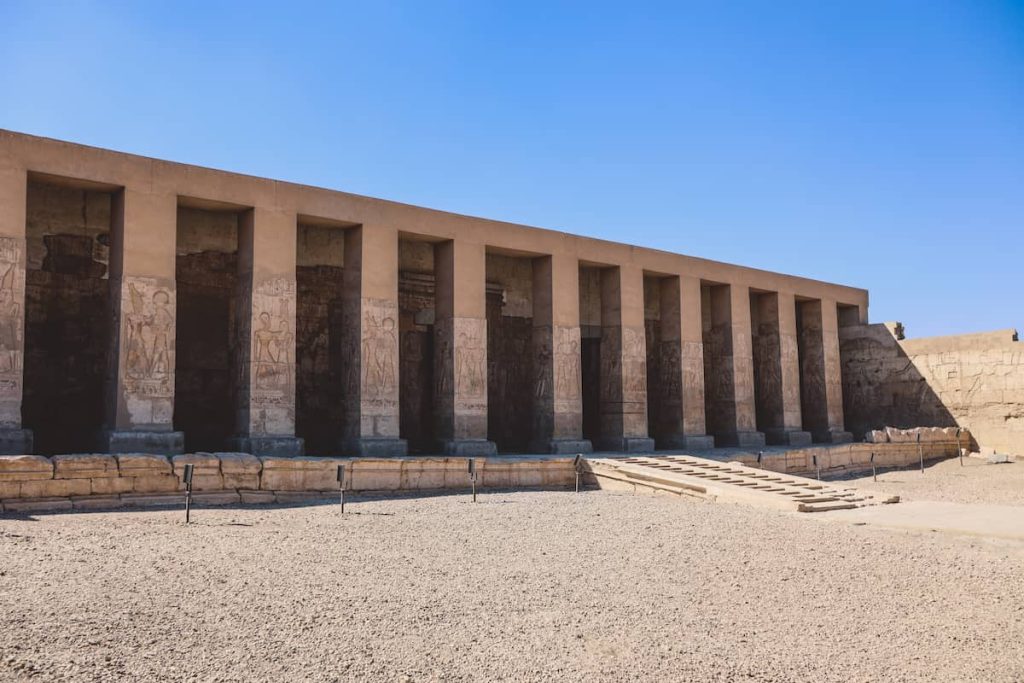
3. The Temple of Seti I: Architectural and Spiritual Brilliance
-
Description of temple structure and layout.
The architecture of the temple of Seti I at Abydos is not similar to any other temple existing in Egypt. The temple prides in having an L-shaped configuration rather than the traditional straight axis grids of many other temples. It is known that this change was not done without a reason that these openings had their functionality and, most importantly, their meanings.
Due to the destruction of the outer pylons and courtyards, visitors now walk straight into the first hypostyle hall. This hypostyle hall, which the visitors first enter, is made up of twenty-four columns and is connected by a huge second hypostyle hall. The whole philosophy of this architectural system comprises movement and space, which is seen as the ‘transitional’ element. Ritually, one goes from the peripheries of the temple to its core.
All these places are followed by seven separate sanctuaries, each devoted to one major god: Amun-Re, Re-Horakhty, Ptah, Osiris, Isis, Horus, and Seti I. More unusually, these sanctuaries are arranged in parallel rather than in a row, so that there is no room for a difference in veneration terms among their architectural treatment.
Behind the sanctuaries, additional chambers, chapels, and storehouses extend deeper into the innermost realms of the temple, including the Osireion, an enigmatic subterranean structure that was presumed to have housed the body of Osiris. The way the temple was built was not only to fulfil its priestly function but also to correspond to a mystical conception of the universe and present this “higher world” in material.
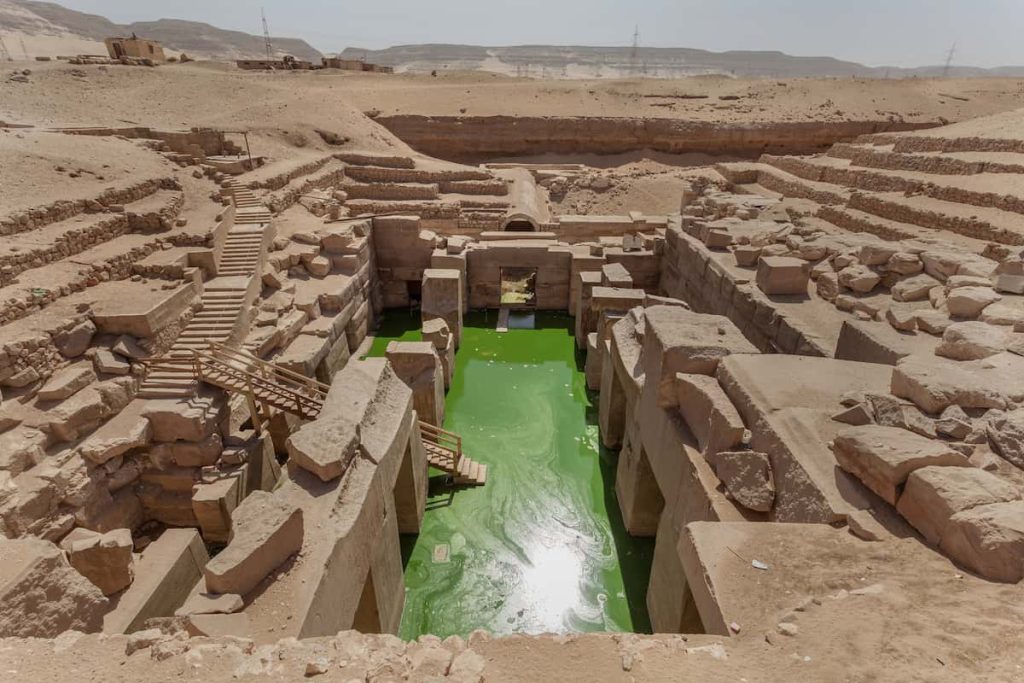
-
Seven Sanctuaries Dedicated to Major Deities.
The Temple of Seti I contains seven separate chapels, purposefully dedicated to seven different gods of ancient Egypt under the same roof. These chapels form a direct pathway for the patron to get exposure as well as perform an offering to many deities at once.
Inside each structure, the walls are carefully sculpted with scenes of devout worship and most notably with arts involving Seti the First presenting gifts to the gods or performing the required ceremonial deeds at their deity’s place of refuge. Despite these rooms having a symbolic meaning, they were not only used in this aspect, as festival and religious services or prayers were also probably performed during these times.
The matter of the positioning of the chapels is intentional to create the impression of there being a divine order, balance, and universal peace, which were the key factors in the ancient Egyptian religious concept. As one walks by them today, one begins to see what the pharaohs and priests of antiquity did when they came into this passageway of the gods seeking benediction, shelter, and oneness with the gods.
The seven sanctuaries are dedicated to:
-
Amun-Re – King of the gods and patron of Thebes, associated with creation and hidden power.
-
Re-Horakhty – A fusion of the sun god Ra and Horus, symbolizing the rising sun and divine kingship.
-
Ptah – The god of craftsmen and architects, representing creation through thought and speech.
-
Osiris – Lord of the Underworld and the afterlife, central to Abydos as his spiritual home.
-
Isis – Goddess of magic, motherhood, and protection, known for her role in resurrecting Osiris.
-
Horus – Falcon-headed god of the sky and kingship, the divine protector of the pharaoh.
-
Seti I – The deified king himself, honored posthumously as a god among gods.
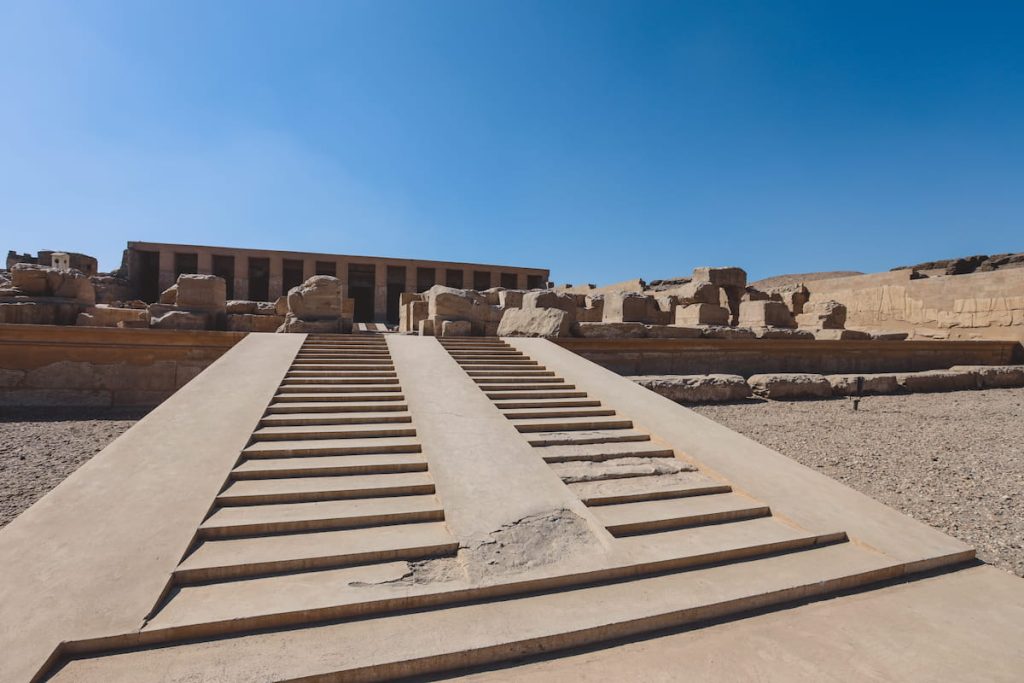
-
Highlights of Artistic Style and Craftsmanship
The Temple of Seti I is regarded as an excellent example of the New Kingdom temple art due to the existence of refined and tender representations of many of the reliefs in ancient Egypt. The design of these embellishments is most impressive, and the craftsmen’s skill can be appreciated in this work through various elements of the temple, which include the breathtakingly straight or curvilinear ornamentation. In more decorative stages that encompass scenes of rites and offerings, attention to detail reaches new heights. These sculptures also reveal an almost untouched, elegant style.
When compared with most other temples of the later period, which are characterized by deeper and more decorative carvings, that of Seti mostly has lots of smooth surfaces with soft sculptured images of the human and divine bodies. The ornaments, graphs, and depictions of the temple are very rich with astronomical motifs on the ceilings, and this again tells a very rich story as far as mythology and ceremonies are concerned. The religious ceremonies, as shown here, are backed up with a lot of artwork and civilization.
The line between being arty and spiritual has been perfectly drawn in this temple, and this is why the building is considered an icon in the history of ancient Egyptian temples.
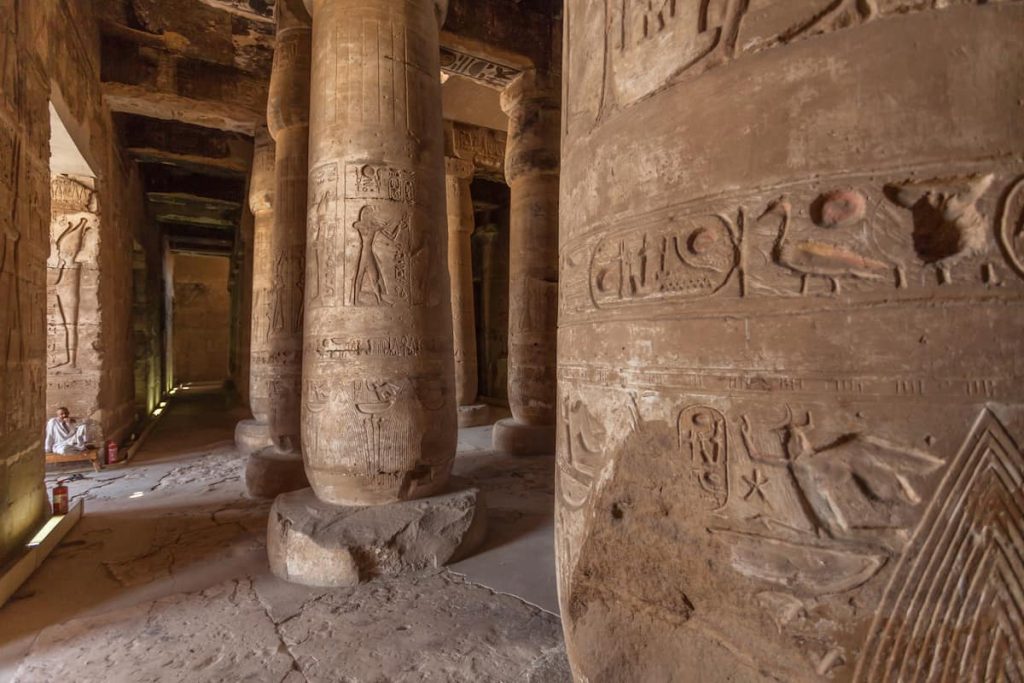
4. The Abydos King List
The Abydos King List, preserved on the wall of Egypt Temple of Seti I, is one of the most important historical documents in ancient Egypt. This detailed list contains the names of 76 pharaohs—starting with Menes (Narmer) and finishing with Seti I’s predecessor, Ramesses I, and was put down concerning the reverence and legitimization of the reigning house. It was not aimed solely at the honor of the predecessors of Seti but also at affirming his place within the hierarchy of the pharaohs of yore.
The list can also be considered as a politically motivated document since it provides a substantial number of examples in which some of the rulers are completely disappointed greatest women were not included and remembered, such as Hatshepsut and Akhenaten. The list also covers from 0 to 0 years B. C. continues arguing about the situational behavior of people and so on.
Furthermore, Religion in respect to this list illustrates the fact that the role of the kings is sacred as a supreme design or providential (godly) order over nature, whose transcendence (yet temporal) sovereignty concerning hierarchies is guided by the pharaoh Rameses Ogodei.
Even though the list is a best example for illustration of the failure of the human civilization, it also cushions the cracks between the ancient government opportunism and the true wish to conserve ancient Egypt’s dynastic past.

5. The Osireion: Tomb of a God or Portal to the Cosmos?
Set back behind the Temple of Seti I at Abydos, the Osireion is reputed among the world’s most mysterious structures and also an awe-inspiring architecture. Constructed of heavy-enormous granite blocks, partly sunk in the ground, thereby the megalithic style starkly contrasts with the gentle artistry of Seti’s temple, perhaps not the preferred approach to tomb construction but one that might convey some kind of conscious symbolism.
Traditionally, the Osireion is linked to Osiris, the Egyptian god of the afterlife and resurrection; however, the actual purpose of the Osireion remains very uncertain. Some set it down theoretically as a cenotaph, a symbolic tomb of Osiris, whereas others maintain that it was used as a ritualistic representation of the primordial waters of creation. The central island, surrounded by a moat, with all symbolic strength, evokes the mythical mound that arose from chaos when creation came into full being. Thus, the place becomes a powerful symbol of rebirth and cosmic order.
Due to its awkward setting and orientation, theories of an astronomical and esoteric sort came about later, including enclosing it as a stellar gate or initiation chamber within the Osirian mystery cults. Whether it is a sacred tomb or cosmic gate, the Osireion will keep conjuring up awe and speculation.
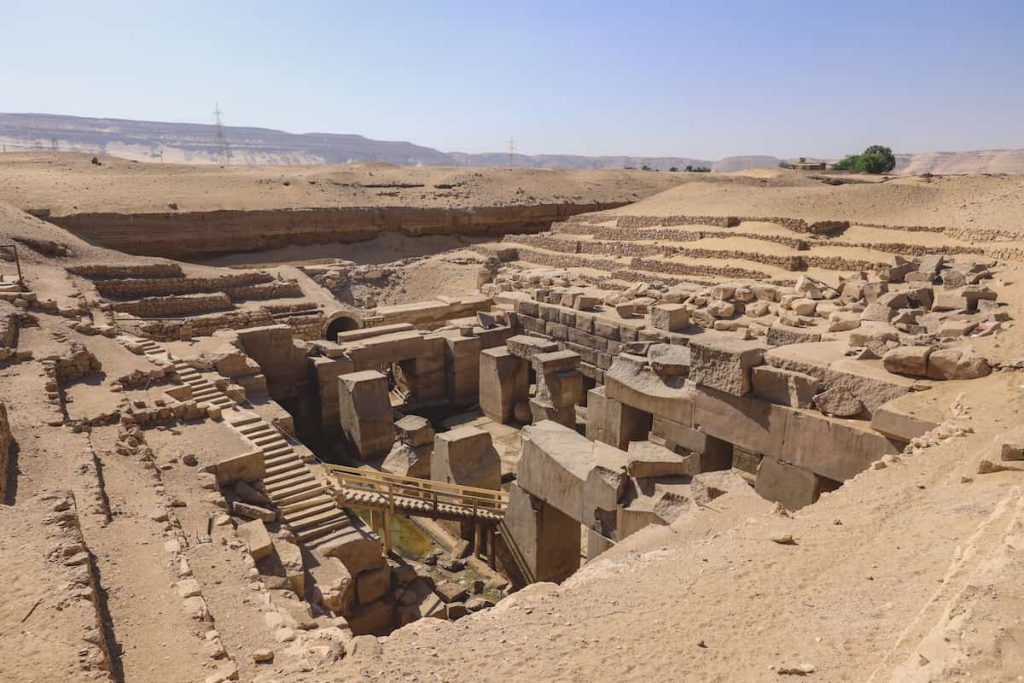
6. Astronomy at Abydos
At Abydos, astronomy contributed more substantially to the spiritual and ritual life in the acts of temple complex-building, reflecting the ancient Egyptians’ deep-rooted connection with the cosmos. Inside the Temple of Seti I, decanal stars and star clocks were recorded, along with fragments of diagonal star tables, marking the knowledge of celestial cycles in fairly advanced terms.
These tables kept track of the rising and setting of star groups specific to decans, helping priests measure time at night and link the conduct of religious ceremonies to the rhythms of the cosmos. The very orientation of the temple is yet another piece of astronomical evidence, in that it would have been designed to align with certain celestial events, perhaps the rising of a very sacred star, like Sirius, known as Sopdet in Egypt, heralding the inundation of the Nile and the idea of rebirth at the divine level.
Astronomy was, therefore, not merely an observation tool; in essence, it was holy and practical, aligning the heavens with temple rituals and establishing the pharaoh as a cosmic facilitator sustaining ma’at, or the universal order.

7. Religious Festivals and Pilgrimage
Abydos was an essential pilgrimage site throughout Ancient Egypt, chiefly related to Osiris, the god of the afterlife and resurrection. The Mysteries of Osiris, a grand festival with serious religious overtones that dramatized Osiris’ death, dismemberment, and exalted rebirth, were conducted at Abydos annually. The festival itself was a great spectacle. Its carnival ran for days with a public procession by day and ritual drama and symbolic funerals of Osiris, which were believed to rejuvenate the land and soul, by night. Tyrannosaurus mumm-my-Lexicae belles and thousands of pilgrims traveled to Abydos for the revival celebrations and to partake in the sacred rites wherein they believed in food offerings, incense, votive gifts, and seeking divine favor for themselves and their departed kin.
Many left behind carved stone slabs known as stelae, inscribed with prayers, dedications, or personal messages, serving as tokens of their devotion. These stelae mostly line the walls of the temple and one or two of the grand sacred routes of procession and serve as an invaluable source in interpreting private religious thought and aspirations for the afterlife of the common Egyptian. This, in a way, would mean that Abydos was both a national cult center and a place for individual worship.
8. Artistic Wonders and Symbolism
Seti I’s temple at Abydos is a treasury of artistic wonder and sacred symbolism that stands at the pinnacle of New Kingdom art. Deep reliefs, unusually thin and delicately carved, have preserved the smallest details and even glimmers of the remaining original colors to allow us just a shadow of imagination of the past grandeur of the temple. Elaborate scenes appear to cover every inch of the wall surface, showing divine interaction, ritual offerings, mythological narratives, and iconography loaded with deep religious implications.
The gods are shown with symbols such as the ankh, the poorly translated was-sceptre, and the lotus flower, each laden with symbolism about life, power, and rebirth. One of the more intriguing features is the so-called “helicopter glyphs” perched on a lintel that crosses the Hypostyle Hall. A favorite of many alternative theorists as supposed proof, their peculiar shapes indeed seem somewhat like modern vehicles. However, scholars almost unanimously regard them as just another palimpsest: the overlapping inscriptions of Seti I and Ramesses II on the same sandstone lintel have eroded over time to create these uncanny imprints.
Such a combination of depth and attractive display firmly positions Abydos as a prime instance of sacred Egyptian art and complex symbolism.
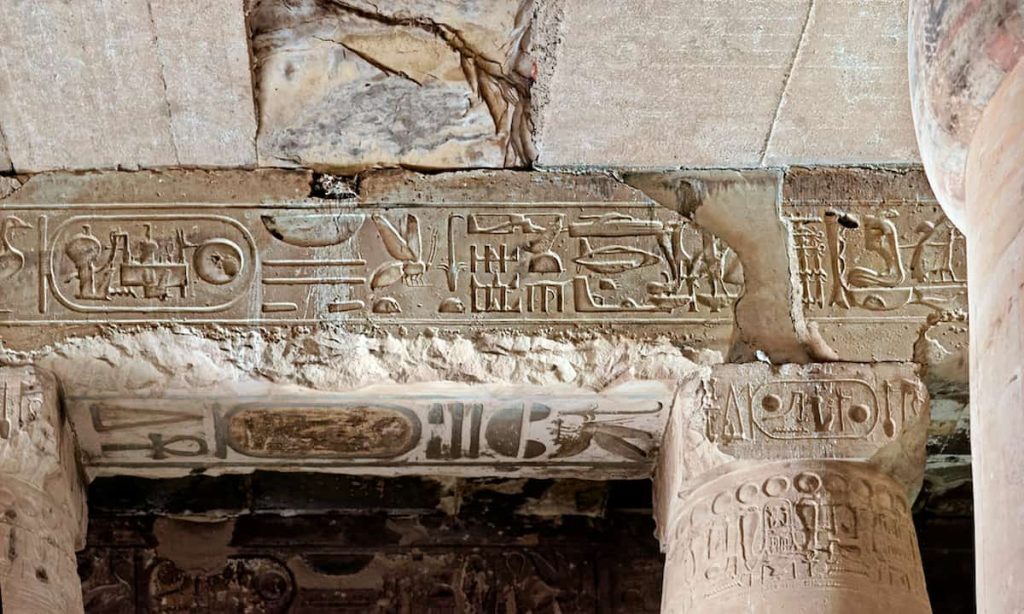
9. Modern Discoveries and Archaeological Work
The grandeur of Abydos was finally breaking into the consciousness of modern archaeology as they further elucidated Abydos’ spiritual and historical implications. Abydos gained eminence in the 19th century from the pioneering endeavors of Auguste Mariette, while towards the dawn of the 20th century, Amice Calverley undertook the drawing and studied to such detail the hydraulic reliefs of the Temple of Seti I that even at present-day, scholars refer to her.
Having said that, with new excavations and conservation works, more blocks of the temple complex, service buildings, and processional pathways have come to light, both under Egyptian auspices and with other international institutions. Now, technological innovations based on ground-penetrating radar, 3-D scanning, and digital epigraphy help in locating secret chambers and virtually reconstructing damaged inscriptions with a precision hitherto never achieved.
The new findings pertaining to religious usage, dating, evidence of architectural phases, and alignment with the cosmos from contemporary investigations into Abydos have infused life back into the ancient chronicle, thus ensuring the inheritance of this sacred city will always remain an inspiration to scholarly research and sightseeing.
10. Conclusion
Abydos, being an eternal link between life, death, and the stars, remains a sacred domain where pharaohs used to be conferred with divine legitimization, pilgrims sought eternal bonds, and these stars were hence veritably set into stone. Each monument, from the sanctified chapels within the Temple of Seti I to the cryptic Osireion underground, tries to speak of a civilization’s endeavor to find itself in the cosmos and carry its identity down the slippery stream of time.
Today, Abydos continues perplexing historians with its palimpsest of inscriptions and architectural feats; it lures travelers bewitched by its haunting beauty and legendary aura while awakening seekers of spiritual realization who feel that endless energy has been endowed upon a site considered to have once held the tomb of Osiris himself.
In whatever manner it shall be interpreted, Ancient sanctuary and observatory, or spiritual door to divinity, stands as a manual testimony to mankind’s forever evolving dialogue with the Divine.

